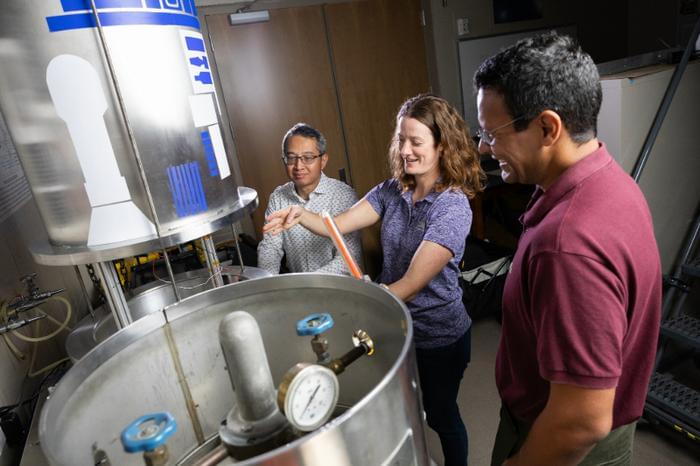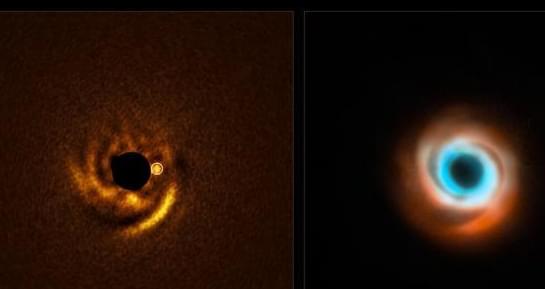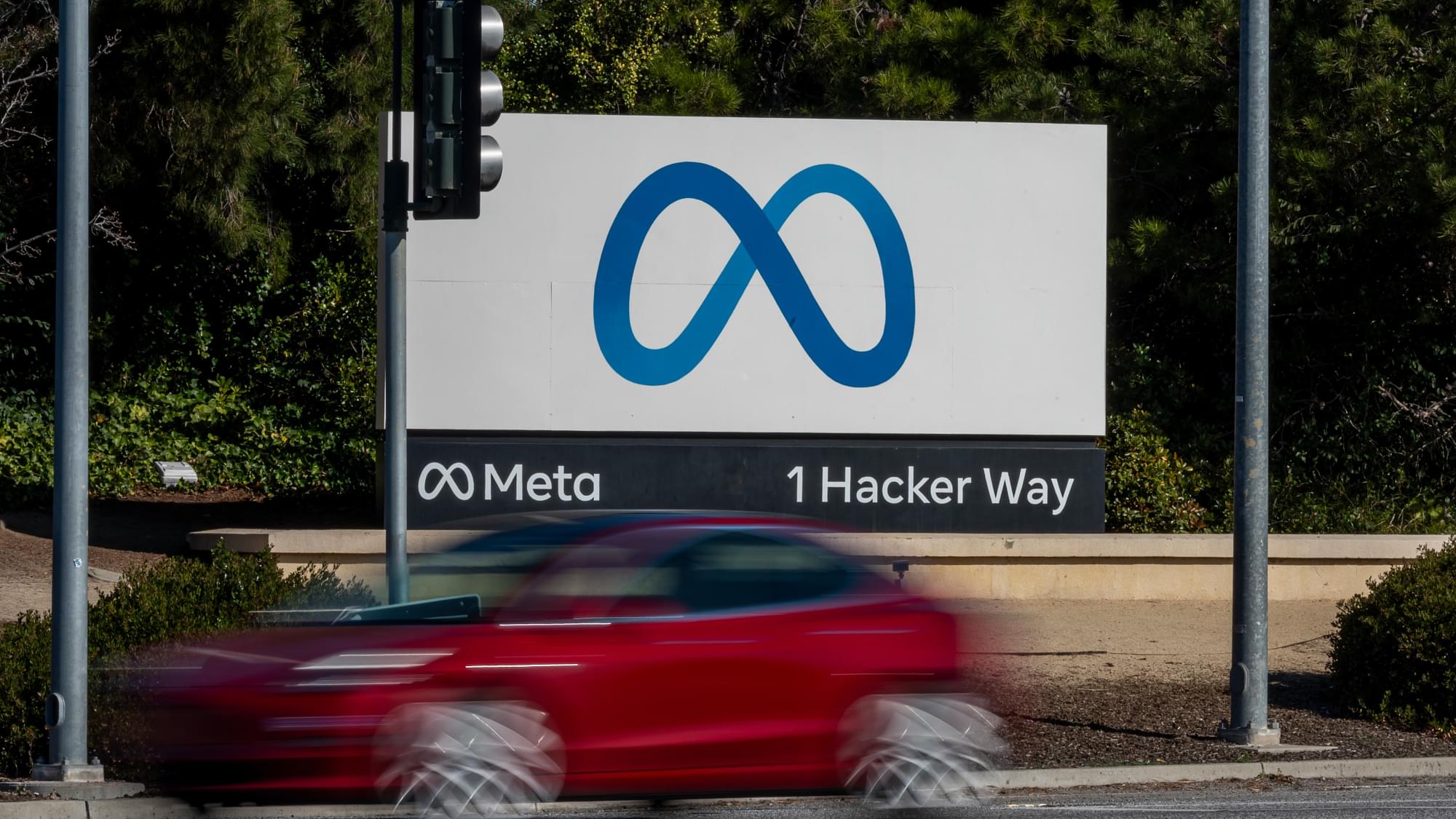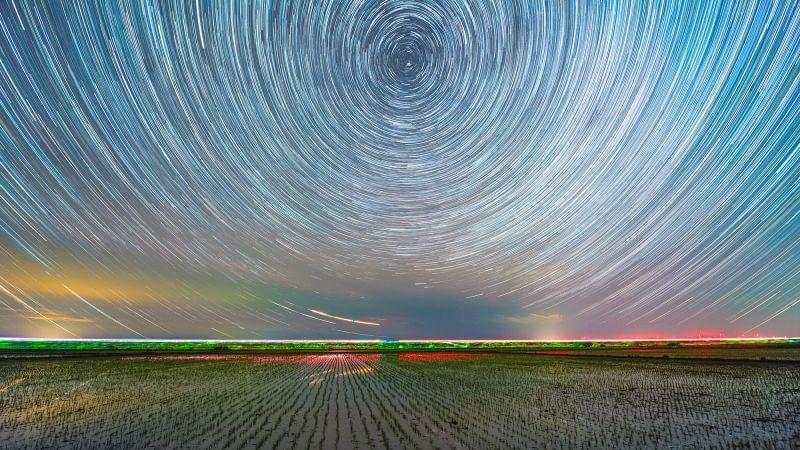What steps can be taken to reduce the risks of lunar dust for future astronauts? This is what upcoming research funded by the NASA Exoplanet Science Instit | Space






Recently, AMD and Stability AI announced that they managed to port the Stable Diffusion 3.0 Medium AI model to the Amuse image generator, which runs locally on the NPU module AMD chip.



Size matters. Economists have long known that; economies of scale are among the building blocks of their science. In the digital era, it quickly became apparent that value was directly proportional to the size of the network (the number of users linked by a particular technology or system).
The race to create scale is critical amid the sizzling geopolitical competition over leadership in new technologies. It has assumed even greater urgency in Western capitals in the wake of China’s success in that race. They’ve had to reconceptualize scale to overcome the advantages China has a result of the size of its economy and its population. It’s a work in progress and the results are mixed, at best.
For those who’ve forgotten their introductory economics, economies of scale are cost advantages created by expanding operations. As companies build more products, they become more efficient, reducing cost per unit. This allows them to produce even more of that product, reinforcing their competitive advantage and keep the virtuous circle turning.

Earth is spinning faster this summer, making the days marginally shorter and attracting the attention of scientists and timekeepers.
July 10 was the shortest day of the year so far, lasting 1.36 milliseconds less than 24 hours, according to data from the International Earth Rotation and Reference Systems Service and the US Naval Observatory, compiled by timeanddate.com. More exceptionally short days are coming on July 22 and August 5, currently predicted to be 1.34 and 1.25 milliseconds shorter than 24 hours, respectively.
The length of a day is the time it takes for the planet to complete one full rotation on its axis —24 hours or 86,400 seconds on average. But in reality, each rotation is slightly irregular due to a variety of factors, such as the gravitational pull of the moon, seasonal changes in the atmosphere and the influence of Earth’s liquid core. As a result, a full rotation usually takes slightly less or slightly more than 86,400 seconds — a discrepancy of just milliseconds that doesn’t have any obvious effect on everyday life.

Welcome back to In the Loop, TIME’s new twice-weekly newsletter about the world of AI.
If you’re reading this in your browser, you can subscribe to have the next one delivered straight to your inbox.
President Trump will deliver a major speech on Wednesday at an event in Washington, D.C., titled “Winning the AI Race,” where he is expected to unveil his long-awaited AI action plan. The 20-page, high-level document will focus on three main areas, according to a person with knowledge of the matter. It will come as a mixture of directives to federal agencies, with some grant programs. “It’s mostly carrots, not sticks,” the person said.